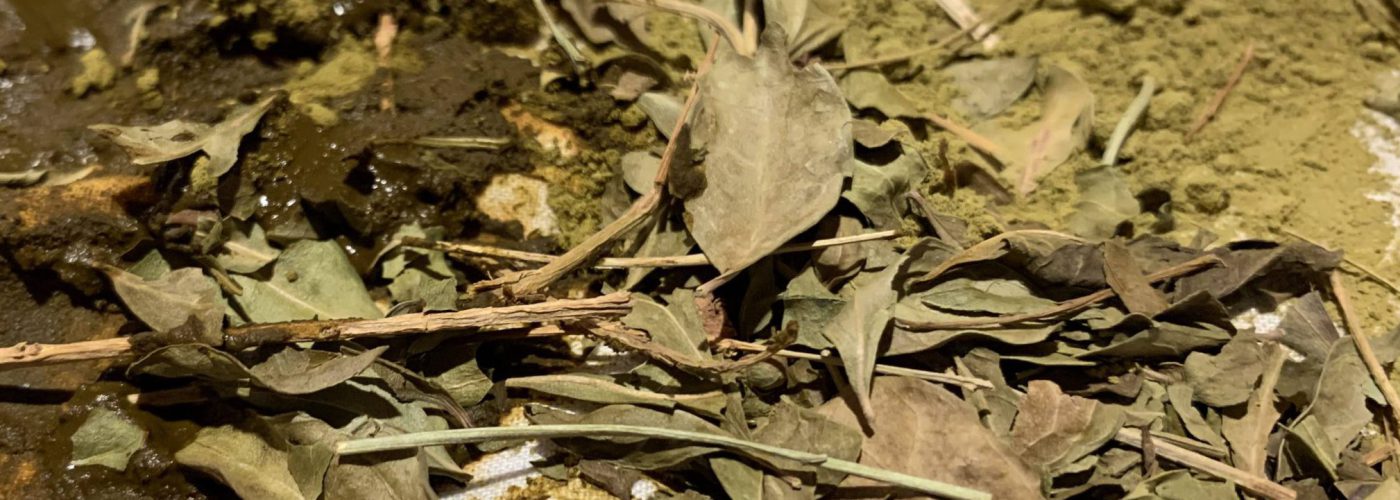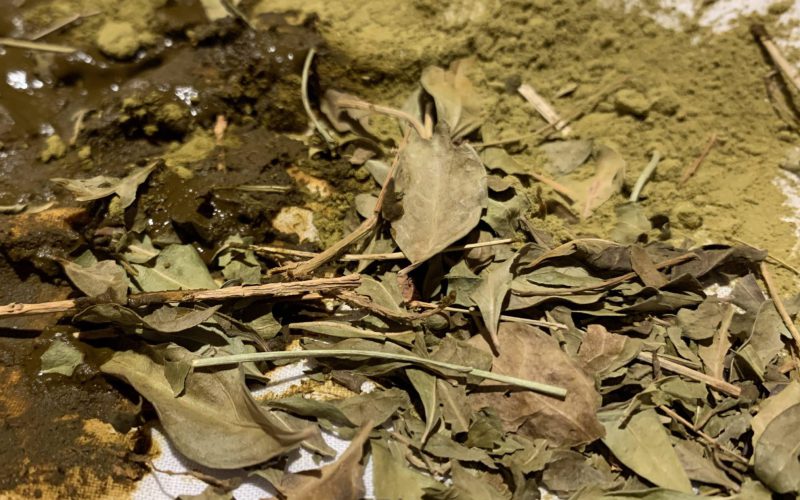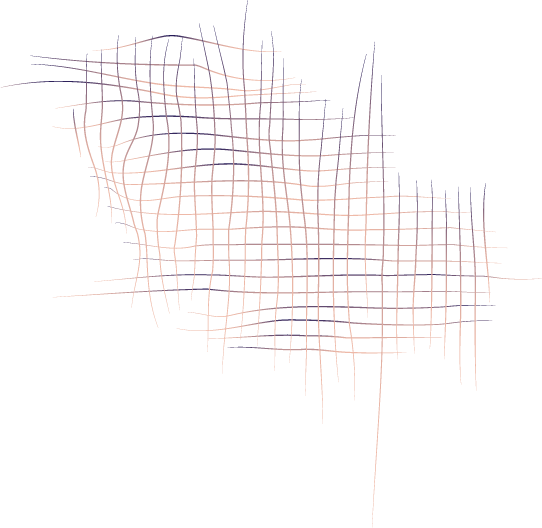19:30 – 22:30 (doors open at 19:15)
Each festival day is programmed as one continuous performance: local and international artists share the stage. Stories, performance, dance, music and food gestures overlap. You will be welcomed into a ritualized, collective space.
Share, taste, listen, move, be with us…
A musical invitation. Anastasis Sarakatsanos greets us with an intimate soundscape, inviting us to arrive fully—physically, emotionally, together—as we tune in to each other and the space around us. His music offers a gentle way to ground ourselves before we transition into the unfolding of the day.
Henna, Mehndi, Mehandi, Mendhika, Lawsonia inermis, Hina… they have many names.
Anima Jhagroe-Ruissen sees Henna, with the divine ancestoral knowledges they carry, as her teacher. In Stories told through Henna-time, Henna and Anima explore their relation by reinterpreting time through their plant-body rhythms in a Mehndi-Dance Performance. They situate their connection in the netherlands, being implicated in the modern/colonial order. This also means dealing with oppressing-resisting relations they are forced to inhabit. What lessons can we learn from Hennatime collectively to keep resisting, healing and being playful?
In Three Songs to Re-member: A Tree, A Fruit, A Seed, Lina Issa moves through landscapes of memory and loss, of grief and joy, exploring what it means:
To inherit a tree that you can never touch, to pass on a trauma to your child, and to conserve seeds of people that are being exterminated.
This project hosts the practice, contributions and beautiful souls of Vivien Sansour, CurAmuní, Marlies Winkelmeier, Zohra Jaber Issa, and Luna Venezia Issa.
How can dance and somatic practices address trauma-induced pain? In (from) being in(to) pain, based upon Sina Saberi’s ongoing choreographic study on trauma, he explores how it affects the psychosomatic apparatus and how personal and generational traumas translate into the collective (body).
How are our bodies shaped by the streets we’ve walked? How much violence do we carry in our bodies, in our posture? In A Walk to Change by Dina A. Mohamed, two women that have walked through different cities share stories of their bodies. Accessibility, violence, body shaming and how our postures reveal the weight/lack of privilege. Does how we walk shift depending on where we are? Choreography and performance by Flavia Pinheiro.
The Festival Bar will open after the performance program for release, mourning, celebration or comfort.
All our tickets are pay-what-you-can to offer everyone the possibility to join the festival. If you’re able to contribute more, your generosity helps making this possible.
A free option (accessible with a code provided on request by e-mail to DOTE) is available for those who cannot pay/cannot make a payment to Dancing on the Edge.
Photo by Anima-Jhagroe-Ruissen



